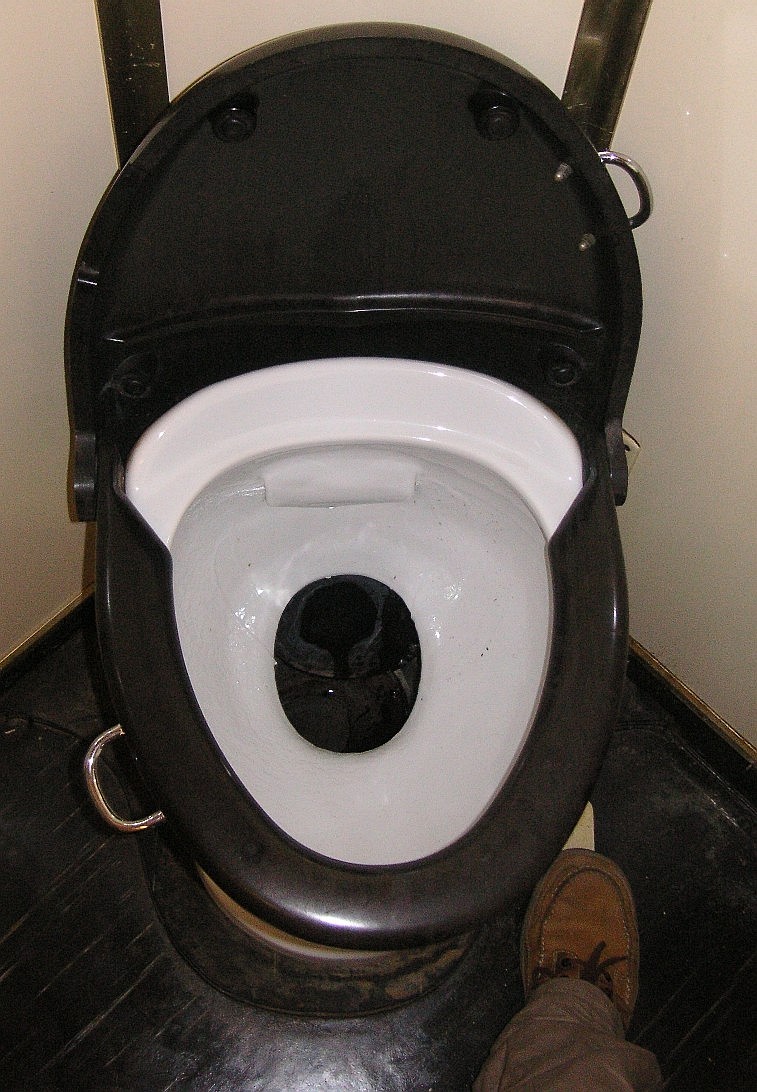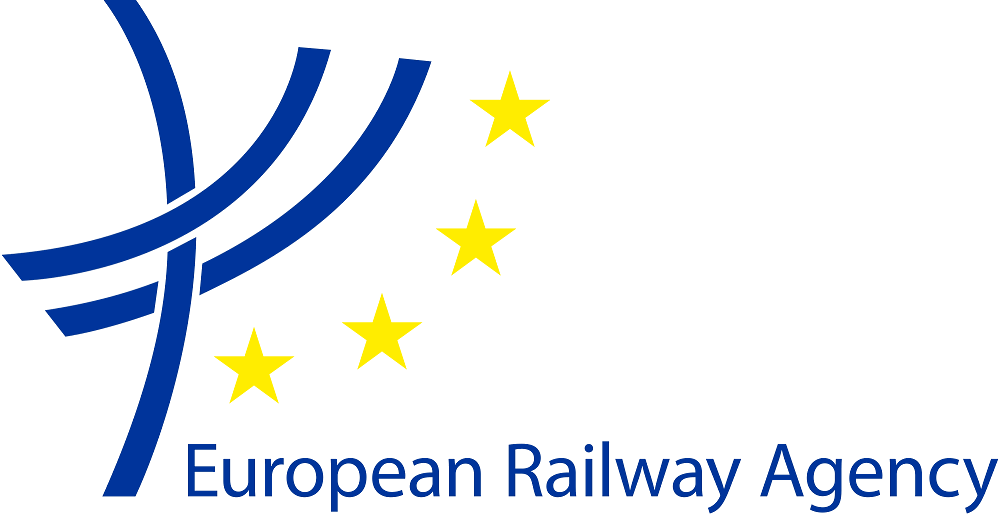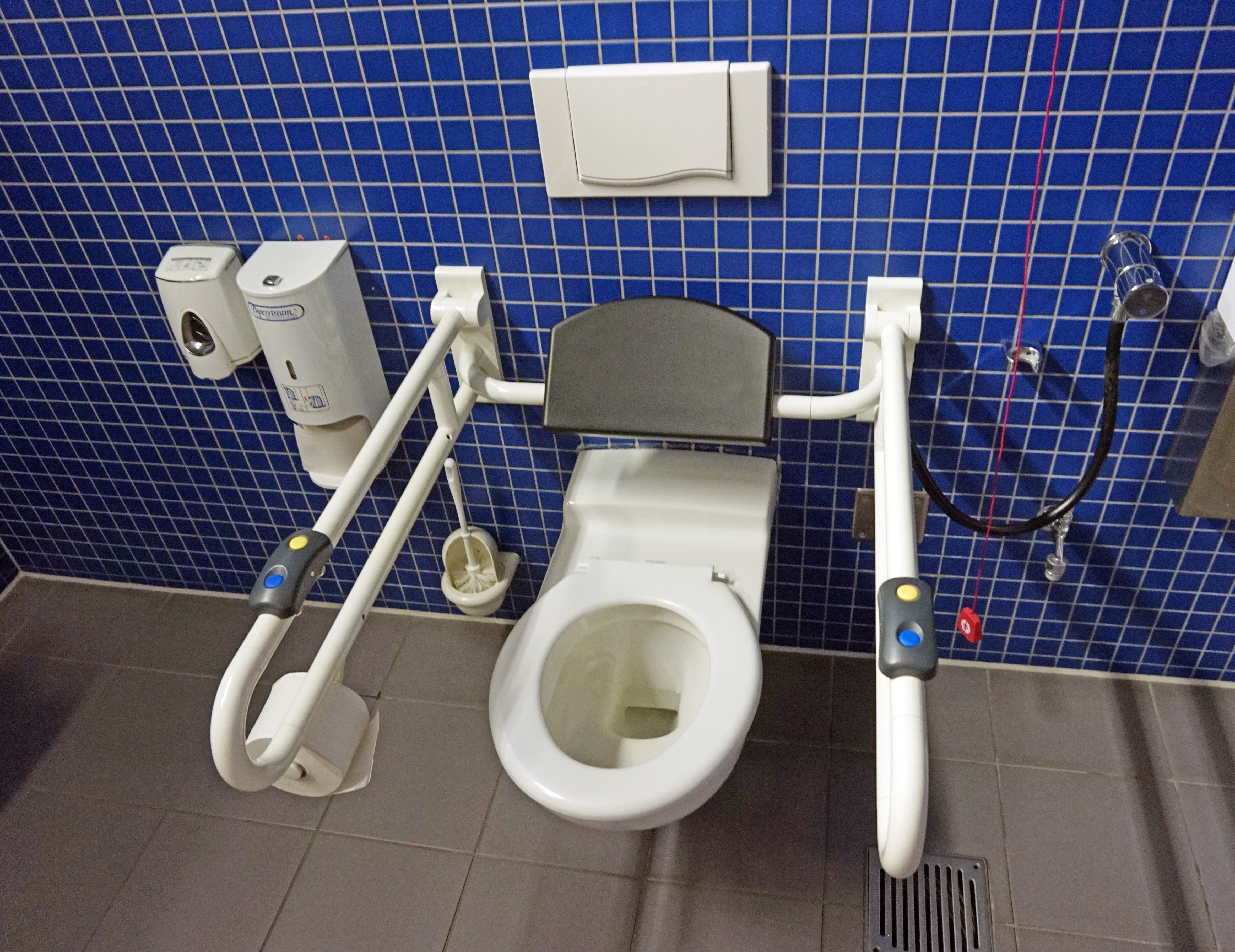|
PRM-TSI
The Technical Specifications of Interoperability relating to "persons with reduced mobility" (PRM TSI) is a set of supranational technical standards designed to ensure accessibility for individuals with disabilities and reduced mobility within the rail systems of Europe (including United Kingdom). A part of the Technical Specifications for Interoperability (TSI) framework, it was established by the European Union initially as a decision in 2007, and subsequently as a regulation, in 2014. The PRM TSI aims to enhance accessibility by addressing various aspects of rail infrastructure and rolling stock, including platform heights, platform gaps, accessibility of passenger train toilets and other facilities, and provision of assistance and information for passengers. In the United Kingdom, it superseded the Rail Vehicle Accessibility Regulations (RVAR) for main line passenger rail but not for light rail such as trams. To ensure effective implementation, the European Railway Ag ... [...More Info...] [...Related Items...] OR: [Wikipedia] [Google] [Baidu] |
Rail Vehicle Accessibility Regulations
The Rail Vehicle Accessibility (Non-Interoperable Rail System) Regulations 2010 (commonly known as RVAR 2010) is a statutory instrument in the United Kingdom. It aims to set standards designed to improve accessibility for disabled people on light rail passenger vehicles. It came into force on 6 April 2010. The instrument exercises powers conferred by the Disability Discrimination Act 1995. It revokes and replaces the Rail Vehicle Accessibility Regulations 1998. Applicability RVAR 2010 sets standards designed to improve accessibility for disabled people on light rail vehicle systems for passengers, including metro, underground and tram A tram (also known as a streetcar or trolley in Canada and the United States) is an urban rail transit in which Rolling stock, vehicles, whether individual railcars or multiple-unit trains, run on tramway tracks on urban public streets; some ... systems, which are not subject to the Railways (Interoperability) Regulations 2006 ( PRM- ... [...More Info...] [...Related Items...] OR: [Wikipedia] [Google] [Baidu] |
Supranational Law
Supranational law is a form of international law, based on the limitation of the rights of sovereign nations between one another. It is distinguished from public international law, because in supranational law, nations explicitly submit their right to make judicial decisions by treaty to a set of common tribunal. The United Nations Security Council and subordinate organizations, such as the International Court of Justice, are the only globally accepted supranational tribunals. American supranational law The Articles of Confederation, formally the Articles of Confederation and Perpetual Union, was the first supranational agreement where 13 sovereign states were unified in a common government, which later became the United States of America. The central government proved too weak to manage the growing economy as the sovereign states incurred national debts and independently managed their national currencies without central coordination. The supranational government was terminated and ... [...More Info...] [...Related Items...] OR: [Wikipedia] [Google] [Baidu] |
Passenger Train Toilet
Many passenger trains (usually medium and long-distance) have toilet facilities, often at the ends of carriages. Toilets suitable for wheelchair users are larger, and hence trains with such facilities may not have toilets in each carriage. Hopper toilet The traditional method of disposing human waste from trains is to deposit the waste onto the tracks or, more often, onto nearby ground, using what is known as a hopper toilet. This ranges from a hole in the floor to a full-flush system (possibly with sterilization). The hole in the floor (also known as a drop chute toilet or direct flush toilet) system is still in use in many parts of the world, particularly on older rolling stock. The principal disadvantage is that it can be considered crude or unhygienic and dangerous to health and the environment – it litters the railway lines and can convey serious health risks when the train passes over or under a waterway. Passengers may be discouraged from flushing or using toilets while ... [...More Info...] [...Related Items...] OR: [Wikipedia] [Google] [Baidu] |
Department For Transport (United Kingdom)
The Department for Transport (DfT) is a Departments of the Government of the United Kingdom, ministerial department of the Government of the United Kingdom. It is responsible for the English transport network and a limited number of transport matters in Scotland, Wales, and Northern Ireland that have not been Devolution#United Kingdom, devolved. The department is led by the Secretary of State for Transport. The expenditure, administration, and policy of the Department of Transport are scrutinised by the Transport Committee. Responsibilities The Department for Transport has six strategic objectives: * Support the creation of a stronger, cleaner, more productive economy * Help to connect people and places, balancing investment across the country * Make journeys easier, modern and reliable * Make sure transport is safe, secure and sustainable * Prepare the transport system for technological progress and a prosperous future outside the EU * Promote a culture of efficiency and pro ... [...More Info...] [...Related Items...] OR: [Wikipedia] [Google] [Baidu] |
Rail Safety And Standards Board
The Rail Safety and Standards Board (RSSB) is a British independent company limited by guarantee. Interested parties include various rail industry organisations, including Network Rail, train operating companies (TOCs), and rolling stock companies (ROSCOs). The RSSB operates as a not-for-profit entity, its primary purpose being to bring about improved health and safety performance throughout Britain's railway network. In the fulfilment of this purpose, the Board undertakes numerous safety-focused monitoring and continuous improvement programmes, such as the railway supplier quality assurance schemRISQSand the Confidential Incident Reporting & Analysis System (CIRAS). It is also works with operators to identify and address risks, and is responsible for the updating and issuing of the British Railway Rule Book, amongst its other activities. The majority of Britain's train operators are obliged to be members of the RSSB, and to ensure compliance with their membership obligations a ... [...More Info...] [...Related Items...] OR: [Wikipedia] [Google] [Baidu] |
Brexit
Brexit (, a portmanteau of "Britain" and "Exit") was the Withdrawal from the European Union, withdrawal of the United Kingdom (UK) from the European Union (EU). Brexit officially took place at 23:00 GMT on 31 January 2020 (00:00 1 February 2020 Central European Time, CET). The UK, which joined the EU's precursors the European Communities (EC) on 1 January 1973, is the only member state to have withdrawn from the EU, although the territories of Greenland (part of the Kingdom of Denmark) previously left the EC in 1985 and Algeria (formerly French Algeria, part of France) left in 1976. Following Brexit, EU law and the Court of Justice of the European Union no longer have Primacy of European Union law, primacy over British laws but the UK remains legally bound by obligations in the various treaties it has with other countries around the world, including many with EU member states and indeed with the EU itself. The European Union (Withdrawal) Act 2018 retains relevant EU law as La ... [...More Info...] [...Related Items...] OR: [Wikipedia] [Google] [Baidu] |
European Railway Agency
The European Union Agency for Railways (ERA) is an agency of the European Union (EU) that sets mandatory requirements for European railways and manufacturers in the form of Technical Specifications for Interoperability (TSI), which apply to the Trans-European Rail system. The ERA publishes a document summarising the status of the TSIs. The ERA sets common safety targets, common safety methods and common safety indicators, following Directive 2004/49/EC and amendments. The ERA also hosts a number of databases, among which a register of remaining, applicable national rules. One of its primary duties is the development and implementation of the European Rail Traffic Management System (ERTMS). History Prior to the establishment of the agency, the railway networks of each individual member state within the European Union had been unique and typically employing high levels of bespoke, self-developed working practices, rolling stock, and infrastructure; the requirements pertaining to s ... [...More Info...] [...Related Items...] OR: [Wikipedia] [Google] [Baidu] |
Trams
A tram (also known as a streetcar or trolley in Canada and the United States) is an urban rail transit in which Rolling stock, vehicles, whether individual railcars or multiple-unit trains, run on tramway tracks on urban public streets; some include segments on segregated Right-of-way (property access), right-of-way. The tramlines or tram networks operated as public transport are called tramways or simply trams/streetcars. Because of their close similarities, trams are commonly included in the wider term ''light rail'', which also includes systems separated from other traffic. Tram vehicles are usually lighter and shorter than Main line (railway), main line and rapid transit trains. Most trams use electrical power, usually fed by a Pantograph (transport), pantograph sliding on an overhead line; older systems may use a trolley pole or a bow collector. In some cases, a contact shoe on a third rail is used. If necessary, they may have dual power systems—electricity in city stre ... [...More Info...] [...Related Items...] OR: [Wikipedia] [Google] [Baidu] |
Main Line (railway)
The main line, or mainline in American English, of a railway is a track that is used for through trains or is the principal artery of the system from which branch lines, yards, sidings, and spurs are connected. It generally refers to a route between towns, as opposed to a route providing suburban or metro services. It may also be called a trunk line, for example the Grand Trunk Railway The Grand Trunk Railway (; ) was a Rail transport, railway system that operated in the Provinces and territories of Canada, Canadian provinces of Quebec and Ontario and in the List of states and territories of the United States, American sta ... in Canada, or the Trunk Line in Norway. For capacity reasons, main lines in many countries have at least a double track and often contain multiple parallel tracks. Main line tracks are typically operated at higher speeds than branch lines and are generally built and maintained to a higher standard than yards and branch lines. Main lines may als ... [...More Info...] [...Related Items...] OR: [Wikipedia] [Google] [Baidu] |
Passenger Information System
A passenger information system, or passenger information display system, is an automated system for supplying users of public transport with information about the nature and the state of a public transport service through visual, voice or other media. It is also known as a customer information system or an operational information system. Among the information provided by such systems, a distinction can be drawn between: * Static or schedule information, which changes only occasionally and is typically used for journey planning prior to departure. * Real-time information, derived from automatic vehicle location systems and changes continuously as a result of real-world events, which is typically used during the course of a journey (primarily how close the service is running to time and when it is due at a stop, as well as incidents that affect service operations, platform changes, etc.). Static information has traditionally been made available in printed form though route netwo ... [...More Info...] [...Related Items...] OR: [Wikipedia] [Google] [Baidu] |
Accessible Toilet
Accessible toilets are Toilet, toilets that have been specially designed to better accommodate people with physical disability, physical disabilities. Persons with reduced mobility find them useful, as do those with weak legs, as a higher toilet bowl makes it easier for them to stand up. Additional measures that can be taken to add accessibility to a toilet include providing more space, adding grab bars to ease transfer to and from the toilet seat, and providing extra room for a caregiver if necessary. Some countries have requirements concerning the accessibility of Public toilet, public toilets. Toilet (room), Toilets in private homes can be modified (retrofitted) to increase accessibility. Description Public toilets (aka restrooms) can present accessibility challenges for people with disabilities. For example, Restroom stall, stalls may not be able to fit a wheelchair, and transferring between the wheelchair and the toilet seat may pose a challenge. Accessible toilets are des ... [...More Info...] [...Related Items...] OR: [Wikipedia] [Google] [Baidu] |
Technical Standard
A technical standard is an established Social norm, norm or requirement for a repeatable technical task which is applied to a common and repeated use of rules, conditions, guidelines or characteristics for products or related processes and production methods, and related management systems practices. A technical standard includes definition of terms; classification of components; delineation of procedures; specification of dimensions, materials, performance, designs, or operations; measurement of quality and quantity in describing materials, processes, products, systems, services, or practices; test methods and sampling procedures; or descriptions of fit and measurements of size or strength. It is usually a formal document that establishes uniform engineering or technical criteria, methods, processes, and practices. In contrast, a custom, convention, company product, corporate standard, and so forth that becomes generally accepted and dominant is often called a ''de facto'' standar ... [...More Info...] [...Related Items...] OR: [Wikipedia] [Google] [Baidu] |





